Want to know the foods high in creatine? These are the foods highest in creatine to help increase creatine naturally.
As a Nutritionist with my Masters in Sports Nutrition, I’ve heard a lot about creatine. It’s one of the most widely studied and used supplements by athletes because of its truly incredible ability to improve strength and power. It even has been found to reduce body fat percentage in athletes taking creatine.
But recently, even those who aren’t competitive athletes or body builders have started to become interested in creatine. This is because the benefits of creatine are becoming more well known and not limited to the world of athletes.
In addition to the sports benefits of creatine, it has also been studied to improve mental health, reduce the risk of depression, improve brain function when sleep deprived or stressed, and even improve memory.
It’s actually because of the memory and brain benefits that I decided to start taking creatine after experiencing brain fog and memory recall issues after having my first baby. Spoiler alert: I was shocked by how much creatine solved these issues!
Although most of these benefits are seen when studying creatine supplements, there are a lot of foods that naturally contain creatine, too. By loading up on these creatine rich foods, you can help to unlock many of the health and performance benefits of creatine.
In this post, I’m sharing the 11 foods highest in creatine so you can start reaping the benefits of a creatine rich diet.
How Much Creatine a Day Is Needed?
Before we dive into the list of foods, we need to understand how much creatine we really need to eat to see the benefits.
Most research shows that about 5 grams of creatine is needed to see the various performance, athletic, brain and mental health benefits. This is why most creatine supplements provide a serving size of 5 grams per scoop.
Creatine is only found in animal-based foods, but not all animal-based foods contain very much creatine at all. In fact, it’s a pretty short list of creatine rich foods that can make a true dent in your daily creatine needs. Some foods like eggs and milk naturally contain a small amount of creatine, but not much to make a difference and therefore won’t be mentioned on this list.
Even if you are eating these creatine rich foods on a daily, you need to eat quite a lot of each to hit 5 grams of creatine per day.
This is why creatine supplementation can tend to benefit most people, even if you are eating a diet rich in creatine.
But this doesn’t mean you should just take a creatine supplement and ignore creatine rich foods completely. Foods high in creatine are also rich in protein and micronutrients to help boost energy levels and lose body fat (if that’s a goal of yours).
Once you’ve started eating more creatine rich foods from this list, you can always experiment with a creatine supplement to see if your body will reap the additional benefits. As someone who eats a lot of beef and tuna (two of the foods on this list), I personally found that I benefited greatly from still adding a creatine supplement.
Now, on to the list!
Herring
Herring is a type of fish and it ranks as the top source of creatine from food. It has a whopping 3-4.5 grams of creatine per pound of herring. With most people eating 4-6 ounces of meat or fish per serving, this means you’re getting about .75-1.7 grams creatine.
If you’re doing the quick math, you’ll see that even with this being the highest creatine food, you would still need to eat about 1.5 pounds of it every day to hit 5 grams.
There are a lot of different ways to cook herring: grilled, pickled, sautéed and baked, to name a few.
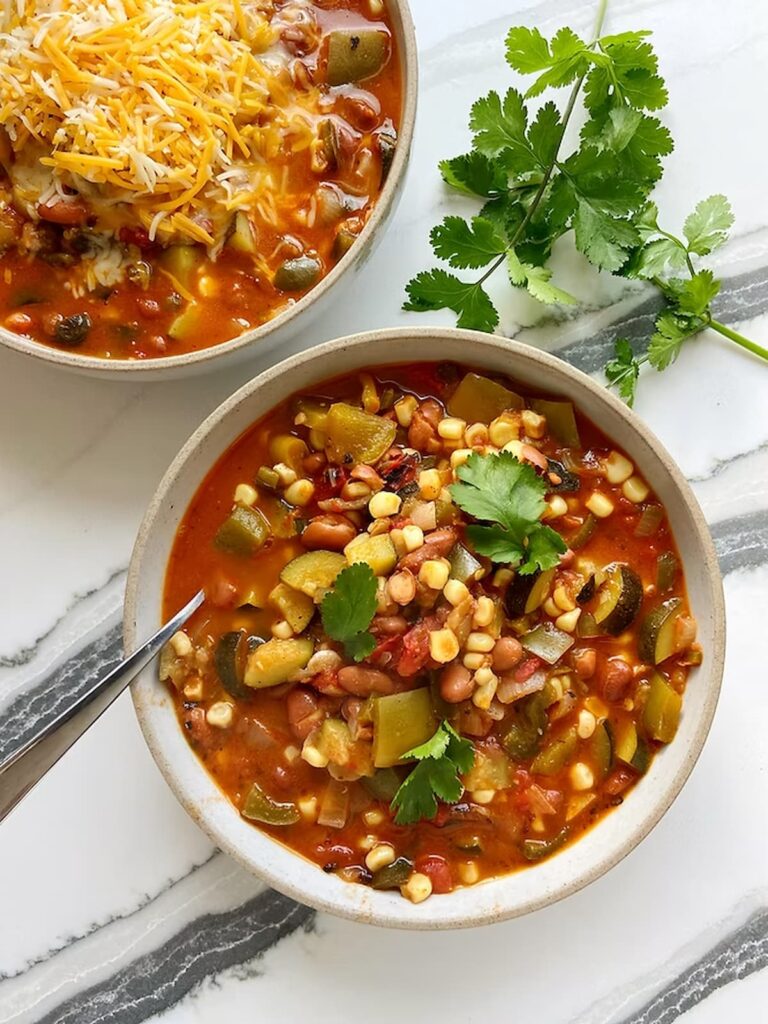
Beef
Next on our list is beef coming in at 2 grams of creatine per pound. With that same 4-6 ounce serving, you can expect to get about .5-.75 grams of creatine per serving from beef.
Beef is my go-to protein source because it’s loaded with protein and iron to support fat loss and overall wellness. It’s also very versatile and easy to make into limitless delicious and satisfying meals to support your weight loss or wellness journey.
Here are some of my favorite beef recipes:
Pork
This unsung creatine hero actually has slightly more creatine than beef, coming in at 2.3 grams of protein per pound. For that same 4-6 ounce serving you can get .6-.9 grams of creatine.
If you’re looking to maximize for a fat loss goal, I recommend going for pork tenderloin, pork loin chops or pork loin roasts.
Certain cuts of pork, like pork belly, can contain significantly more fat compared to protein, which can make it difficult to hit your daily protein needs on these cuts alone.

Salmon
Salmon has the same amount of creatine as beef with 2 grams of creatine per pound and .5-.75 grams per serving.
In addition to the creatine perks of salmon, it’s also rich in anti-inflammatory omega-3 fats to help reduce inflammation in the body.
One of my favorite ways to prep salmon is with my Weeknighter Tray Bake recipe from our 21 Day Intermittent Fasting Program.
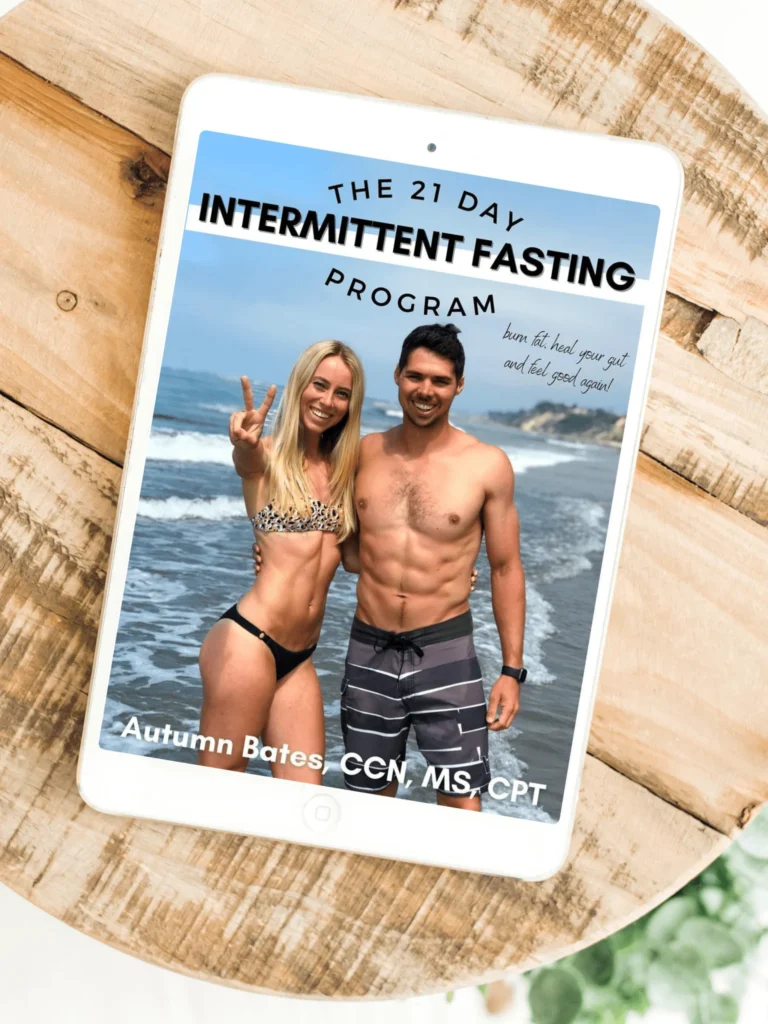
Tap into fat burning
The 21 Day Intermittent Fasting Program
The 21 Day Intermittent Fasting Program provides step-by-step strategies to help you use Intermittent Fasting with delicious, protein-packed meals to support fat loss, reduce hunger, and boost gut health.
Cod
Cod is another type of fish and has about 1.4 grams of creatine per pound, or about .35-.53 per serving.
This flaky white fish is perfect to make in a variety of simple recipes ranging from stove top to oven.
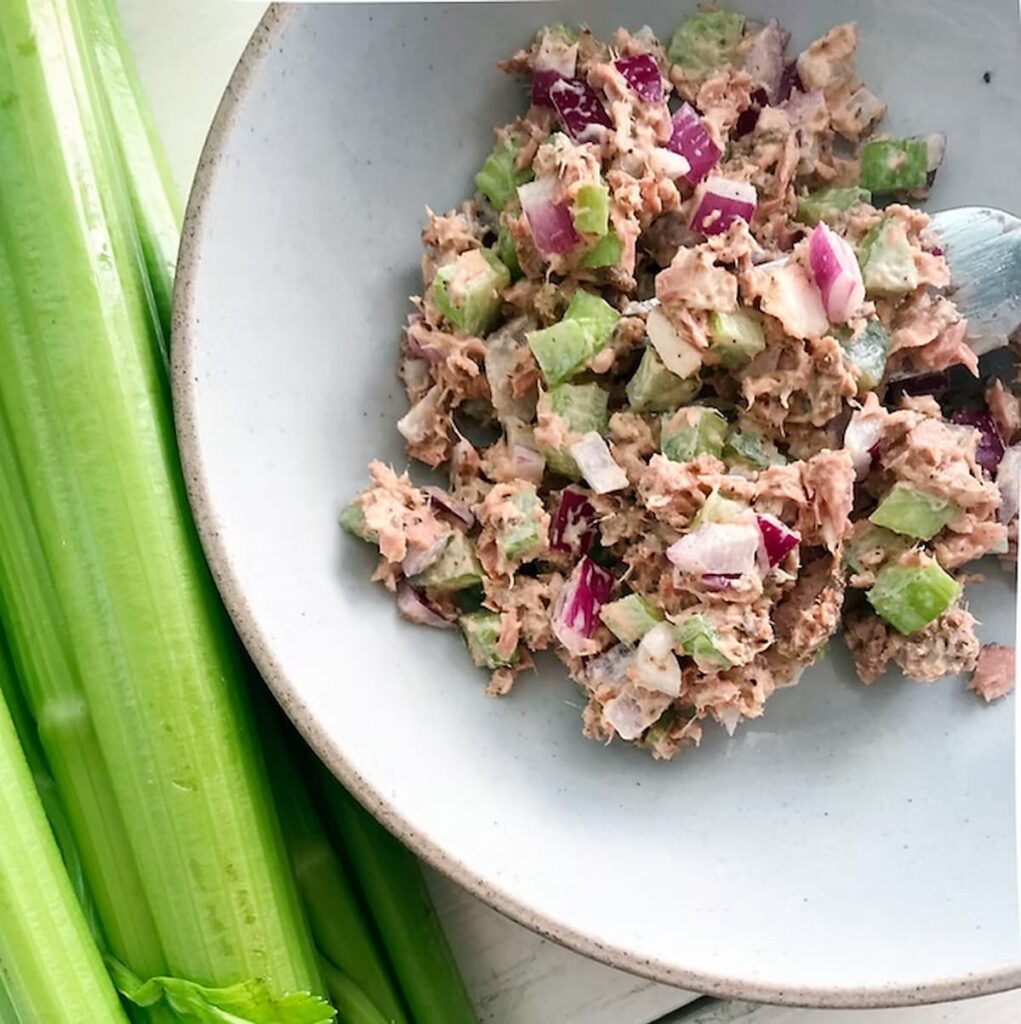
Tuna
Tuna comes in at 1.8 grams of creatine per pound, or .45-.68 grams per serving.
Tuna is one of my favorite protein sources (other than beef), because you can always have canned tuna stored in your pantry, ready to eat with minimal prep.
As a busy mom and business owner, you’ll often find me whipping up a super quick tuna salad for lunch. It’s high in protein, rich in creatine and even contains some anti-inflammatory omega-3’s, too.
If you plan on eating tuna on the daily, it’s important to look for a low mercury brand. The only brand I use is Safe Catch Tuna.
Lamb
The amount of creatine in lamb isn’t extremely well known, but it’s believed to be around 1-2 grams per pound, or about .25-.75 grams per serving.
A huge bonus to lamb is that it’s typically grass-fed. This can improve the nutritional value of your protein source while still getting a hit of creatine.
I like to use ground lamb to make burgers or kefta, but lamb chops or roasts are also great.
Plaice
This wasn’t a fish that I was familiar with until I did some digging into the highest creatine foods. Plaice, or American Sole, is a type of flatfish that has .9 grams of creatine per pound or .23-.34 grams per serving.
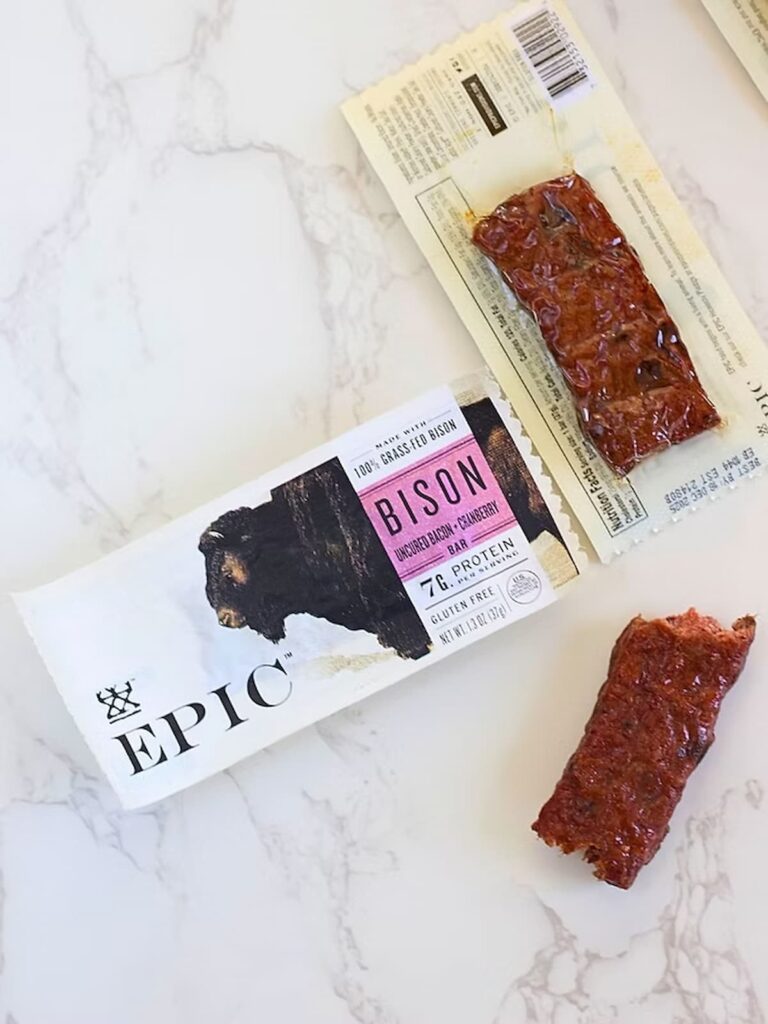
Bison
It shouldn’t be a shocker that bison is rich in creatine, considering it’s relative beef is on this list. Bison has about 2.8 grams creatine per pound, or .7-1.05 grams per serving.
You can use bison in pretty much any recipe that calls for beef, especially ground beef.
I also have been loving these bison bars for a much healthier alternative to protein bars when I’m on the go.
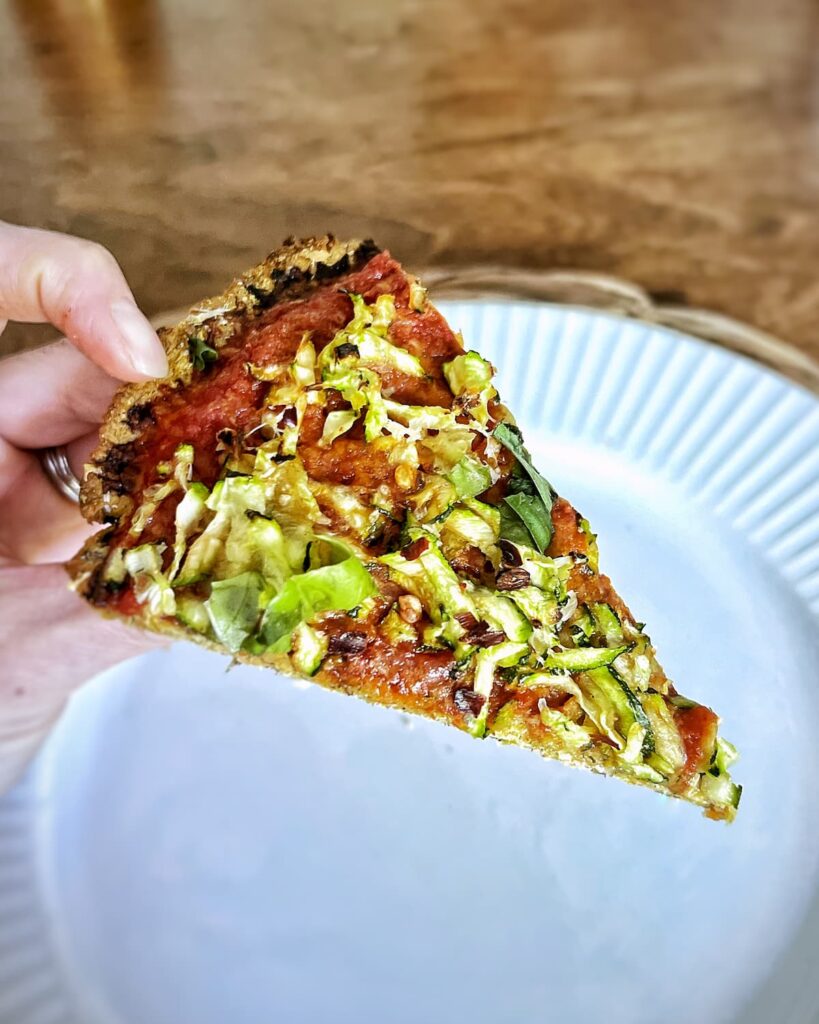
Chicken
Typically chicken contains much less creatine than red meat or fish, but it still can add about .2-.3 grams per serving.
Chicken also tends to be lower in important nutrients like iron and omega-3 fats. Occasionally having chicken is a great way to boost your protein intake, but I personally prefer to prioritize more nutrient dense sources like beef.
One really creative way you can use chicken is by making a “meatza”. This is a pizza that uses chicken in the “dough” to keep it higher in protein and free of refined grains.
Don’t knock it ’til you’ve tried it!
Checkout our simple Meatza recipe.
Turkey
Just like how bison and beef had similar creatine levels, so do turkey and chicken. But just like chicken, turkey doesn’t tend to be as nutrient dense as other protein sources, so it’s not usually my go-to food.
Occasionally cooking with it, like with my Low Carb Zucchini Lasagna, is perfectly fine, you just shouldn’t expect crazy high levels of creatine from it.
Final Thoughts
As you can see, even with the highest creatine foods it’s highly likely that you might not be hitting your full potential on food alone. If you have higher athletic demands, don’t eat very many foods on this list or want to experiment with some of the cognitive benefits of creatine, a quality creatine supplement might be necessary.
This is the creatine supplement that I’ve use and found success with.
FAQ’s
Creatine is only found in animal-based foods, specifically meat and fish. The body can make some creatine from amino acids found in vegan foods, but most vegans will need to take a creatine supplement to see the benefits.
A creatine loading phase is when someone takes a high amount of creatine in the form of a supplement, usually around 25 grams daily for 5-7 days to saturate the body and build creatine reserves faster. Although this can be done, research has shown that you can also stick to 3-5 grams of creatine per day over time and still see benefits.
Technically there is a small amount of creatine in milk and eggs, however it’s not much to make a difference. Although, milk and eggs have a variety of other health benefits, such as vitamin A, choline, vitamin K2 and calcium that make them very worthwhile ingredients to include in your diet.
Other Posts You May Like:
- The Best High Protein Foods Chart [PDF Printable]
- 5 Day High Protein Meal Plan
- 15 Healthy Dessert Ideas That Won’t Ruin Your Results
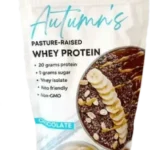
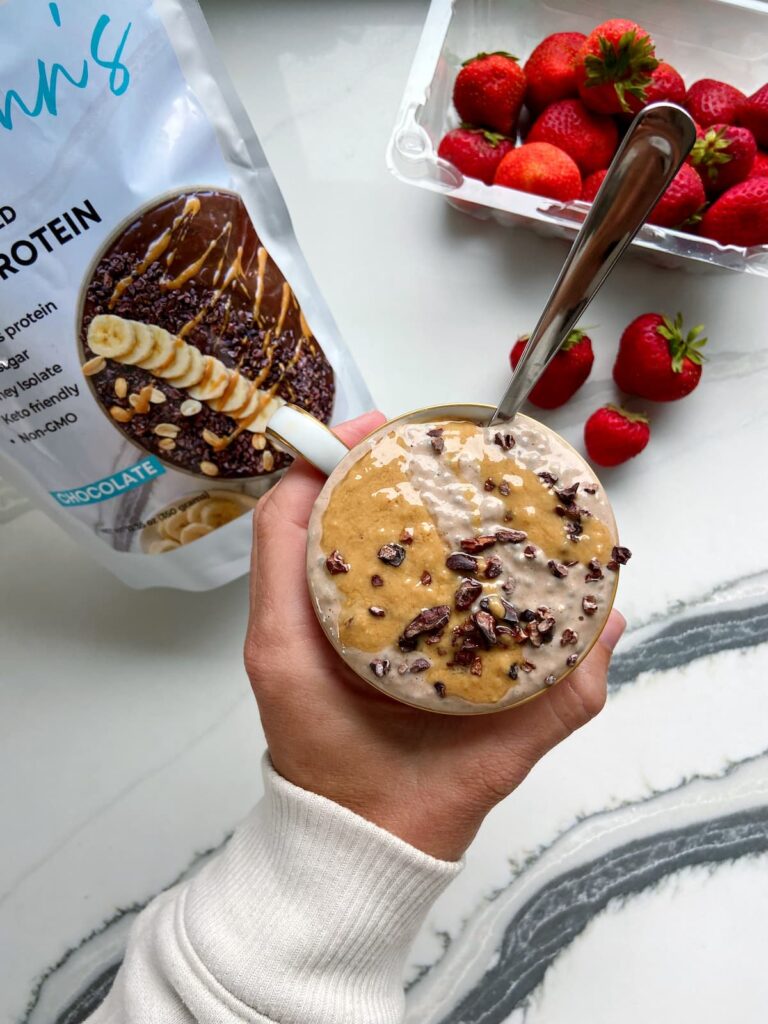



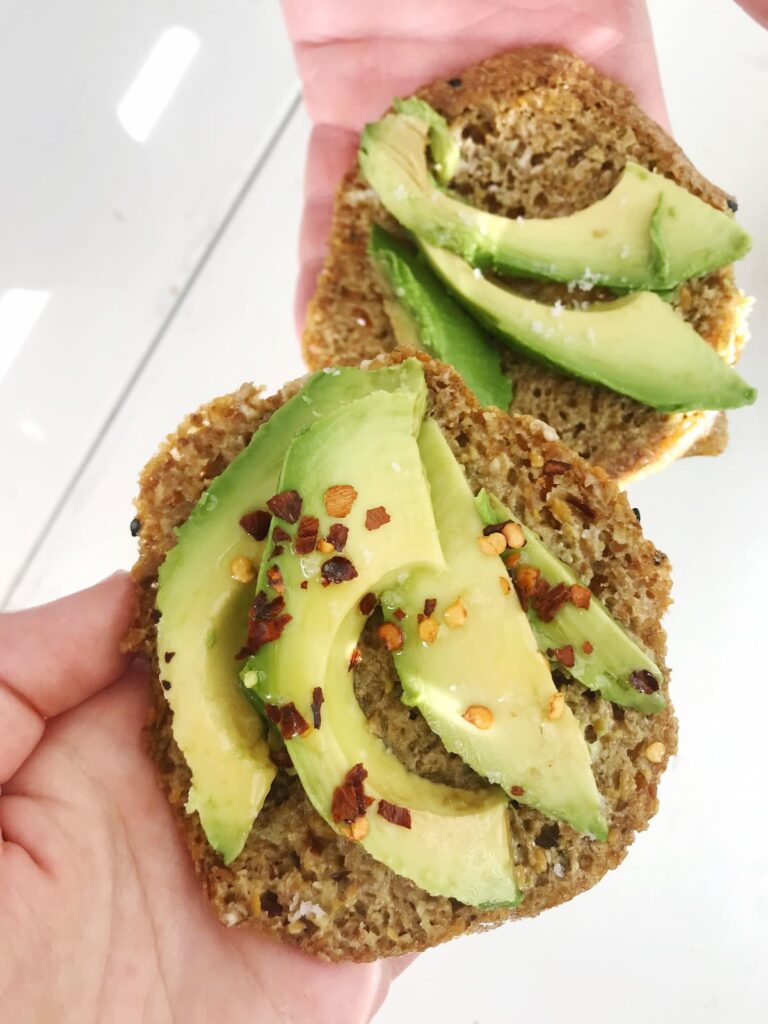
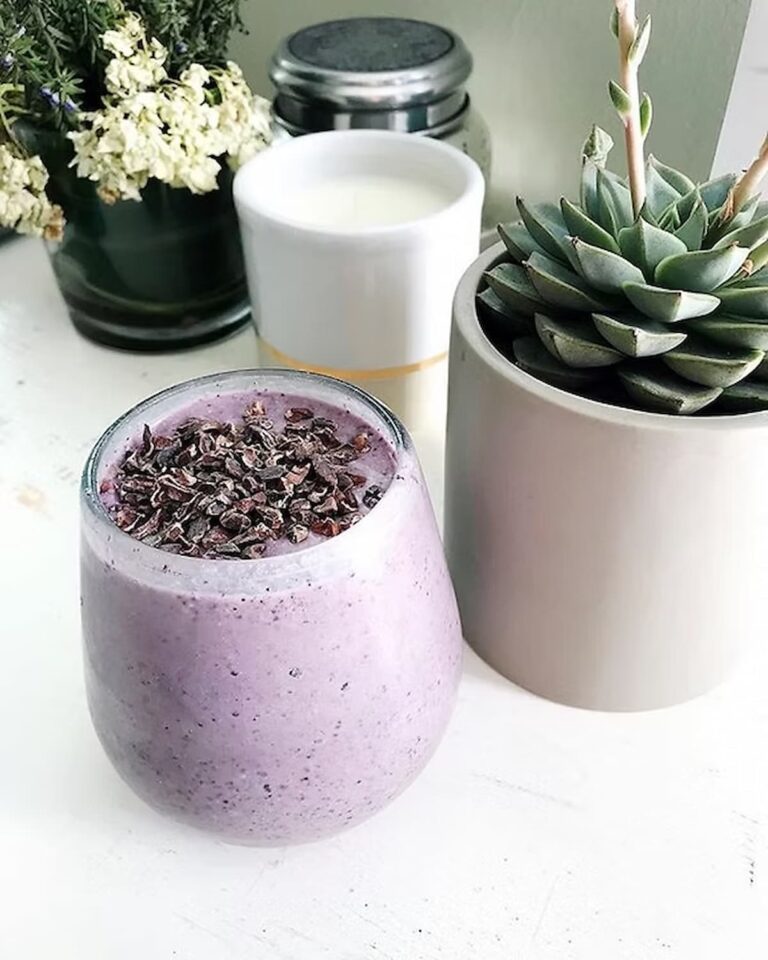

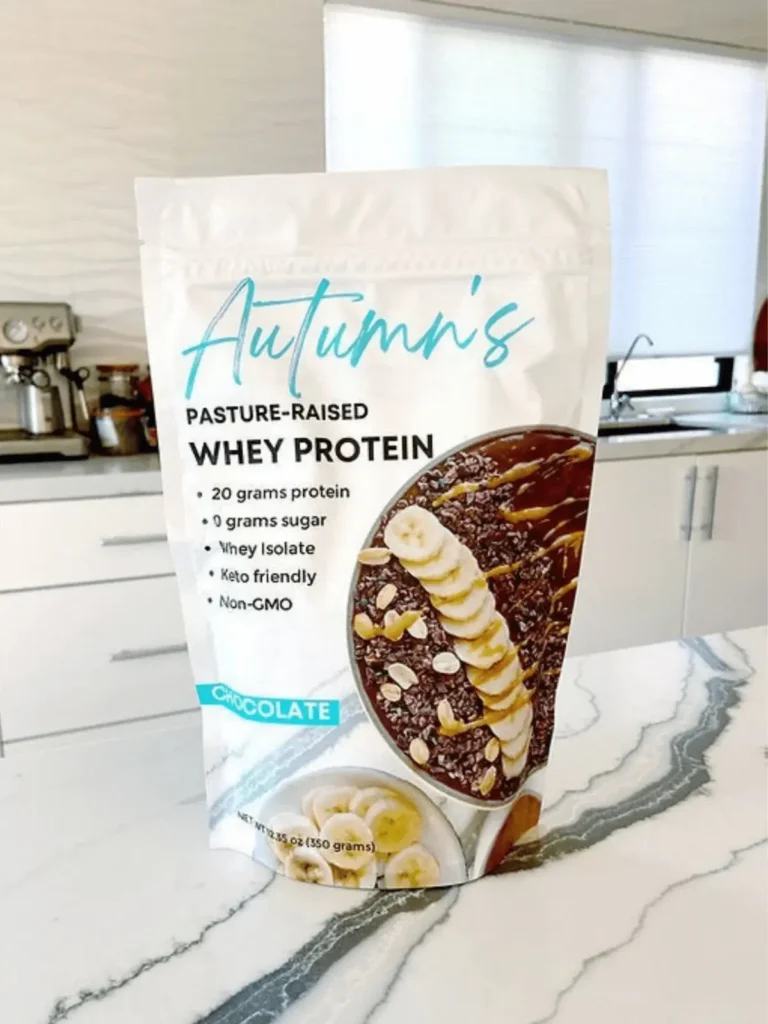

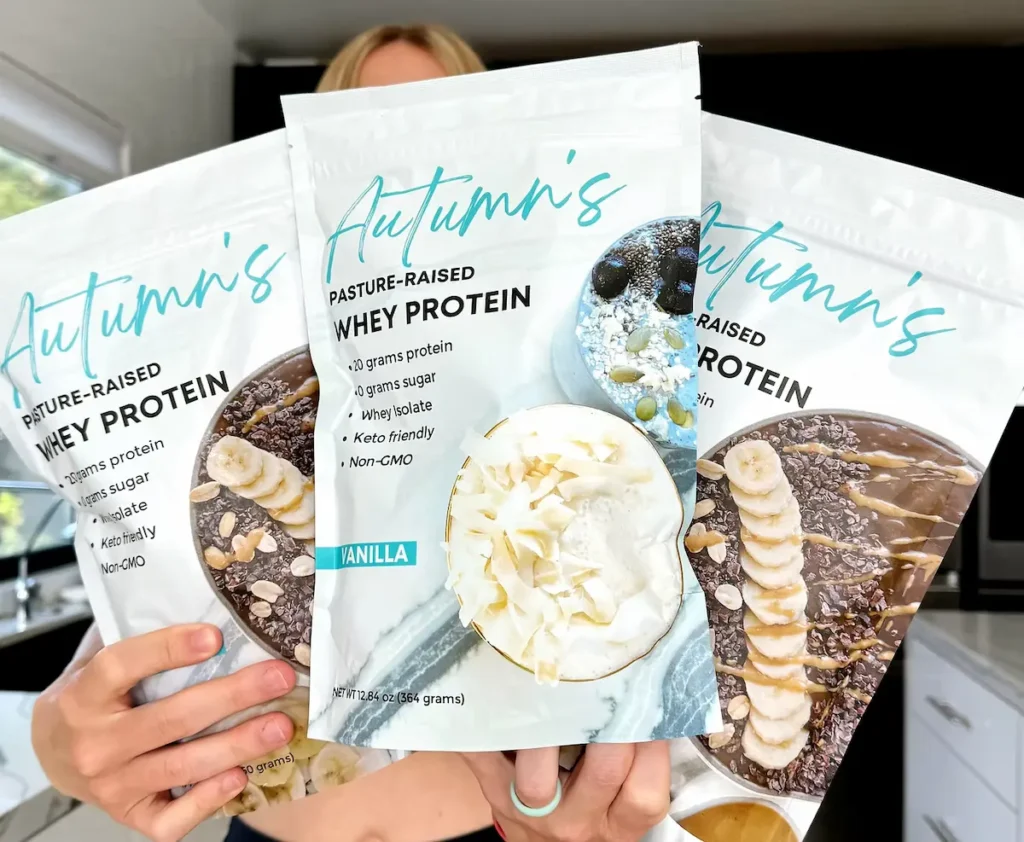


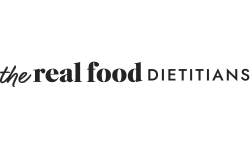




Creatine proteins are causing “Endo” in females at an alarming rate. Endo is of high levels of estrogen. Endo patients have higher Creatine protein levels.
I have never seen any research on this. Curious to see any studies you have found?